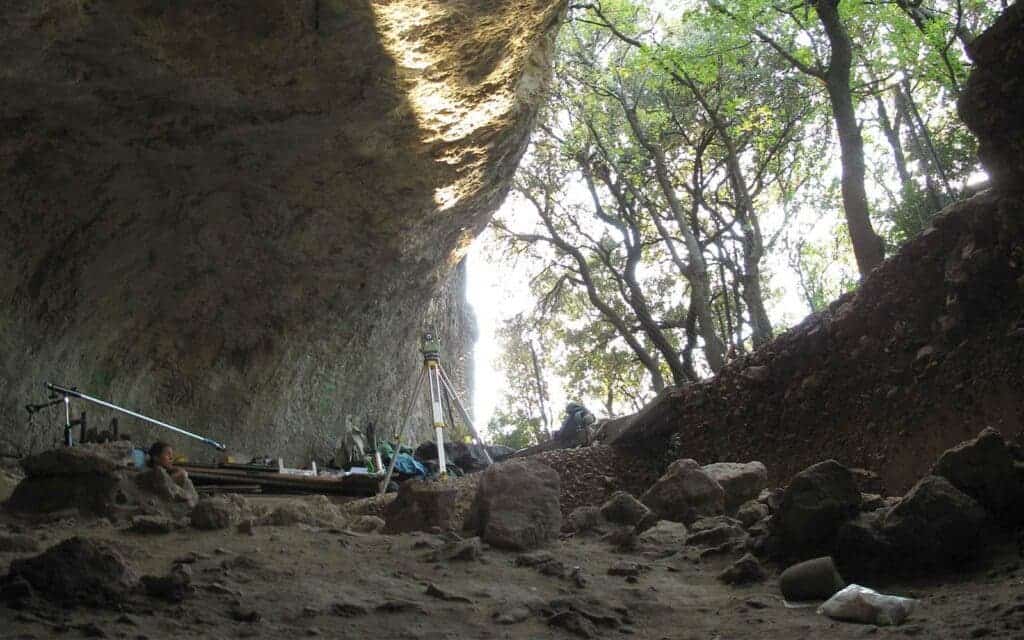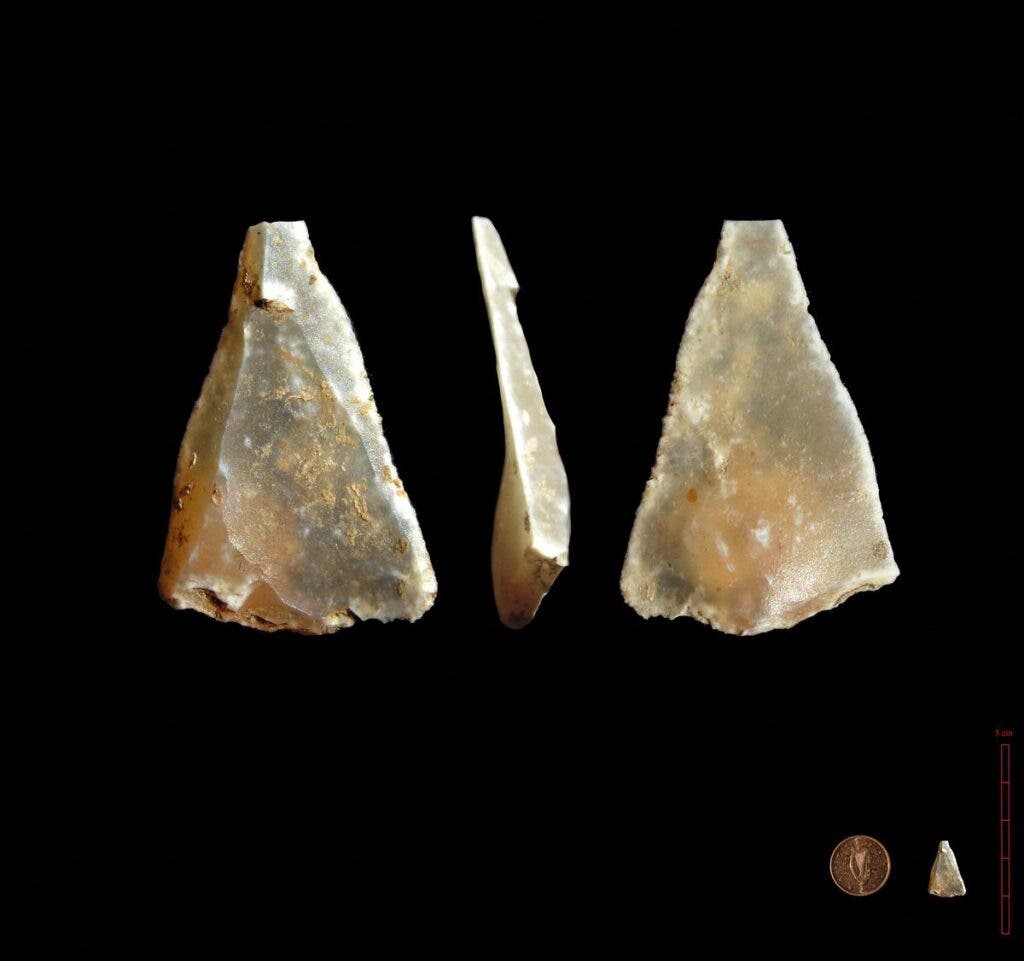Until now, archaeological findings suggested that Neanderthals disappeared from Europe about 40,000 years ago, soon after the arrival of Homo sapiens – with limited evidence of encounters between the two groups. But a new study is now saying otherwise, showing evidence that Homo sapiens ventured into Europe much earlier than we thought, deep into Neanderthal territory.

The discovery of a child’s tooth and hundreds of stone tools at a cave in France by a group of archaeologists and paleoanthropologists pushes back the arrival of Homo sapiens to about 54,000 years ago. The study also showed that the two types of humans alternated in living in the cave, located in the Rhone region of France.
“We’ve often thought that the arrival of modern humans in Europe led to the pretty rapid demise of Neanderthals, but this new evidence suggests that both the appearance of modern humans in Europe and disappearance of Neanderthals is much more complex than that,” study coauthor Chris Stringer said in a press statement.
A long-term project
Since 1990, the team of researchers has been carefully investigating the sediment on the cave floor. The site is a strategic point in the landscape, they argue, as the river Rhone flows through a narrow between two mountain ranges. Inhabitants of the site would have clear views of herds of animals, today replaced by trains and a highway.
The researchers now discovered hundreds of thousands of objects that they attributed to either modern humans or Neanderthals. These included triangular stone points that were used by Homo sapiens to cut or scrape and as spear tips. Similar tools from the same period were found 3,000 kilometers (1,900 miles) away in present-day Lebanon.

Dental remains from at least seven individuals across 12 archaeological layers were also found in the cave. The researchers identified six of these individuals as Neanderthal. But there was a surprise. In a layer between the Neanderthal layers, the team found a fossil moral from a modern human child, between two and six years old.
While they couldn’t find evidence of cultural exchanges between modern humans and Neanderthals who alternated the cave, the succession of occupants is significant on its own. It’s the first-time evidence of the two groups living in the same place is found. They rotated quite rapidly, even abruptly, at least twice, according to the study.
Understanding human history is a tricky process, but an important one. Modern humans originated in Africa and made their first migration between 50,000 to 70,000 years ago. Ancient hominins existed and coexisted before the emergence of Homo sapiens. Some of these groups are identified by fossils, while others by their genetic legacy.
Many questions now remain after the study, as the researchers explain in a blog post in The Conversation. Did modern humans have a relationship with the Neanderthals, exchanging information for example? Did they interbreed at some point? How did modern humans learn about the stone tools in such a short period of time?
“The findings are really exciting and are another piece in the puzzle of how and when modern humans arrived in Europe,” Stringer said. “Understanding more about the overlap between modern humans and other hominins in Eurasia is vital to understanding more about their interactions, and how we became the last remaining human species.”
The study was published in the journal Science Advances.









